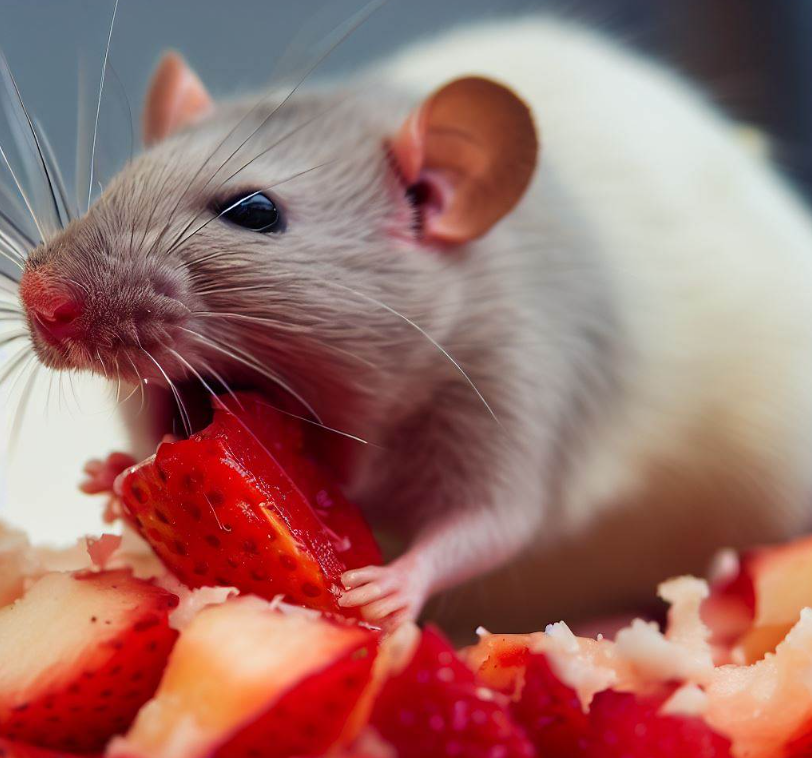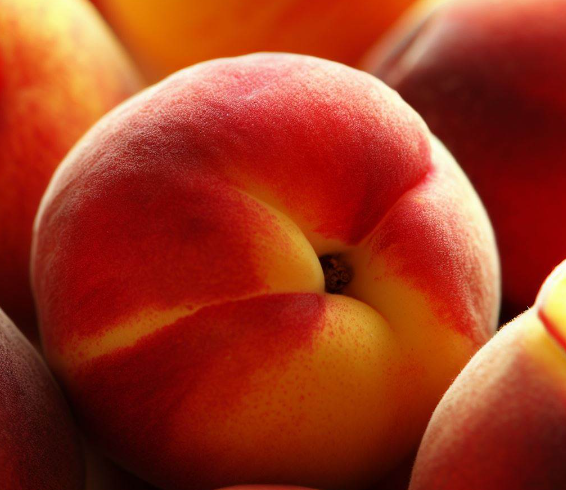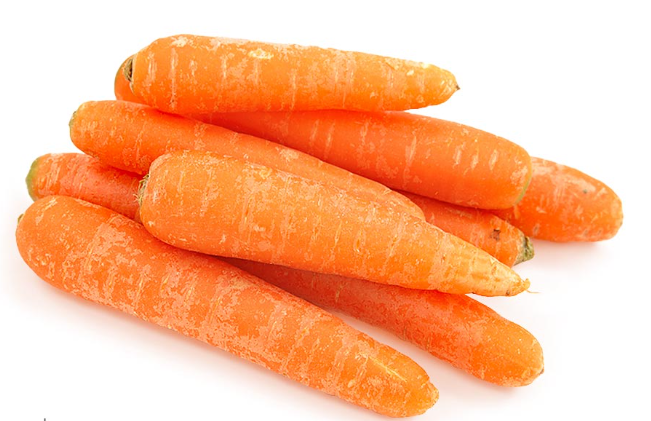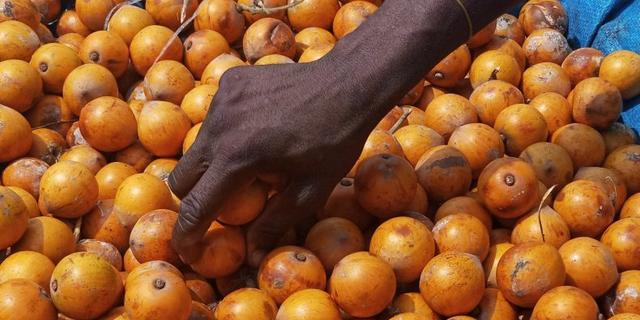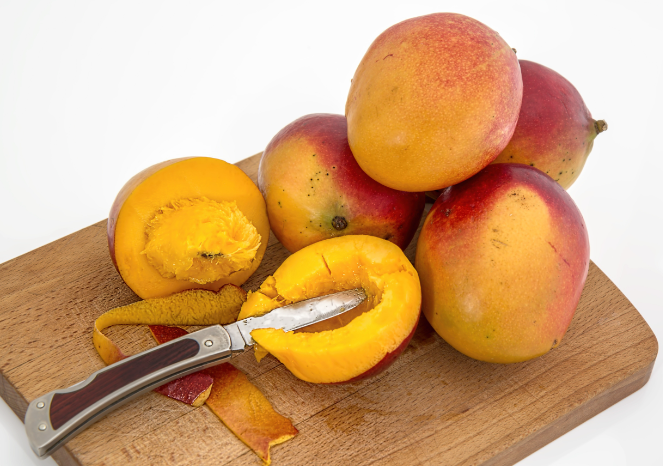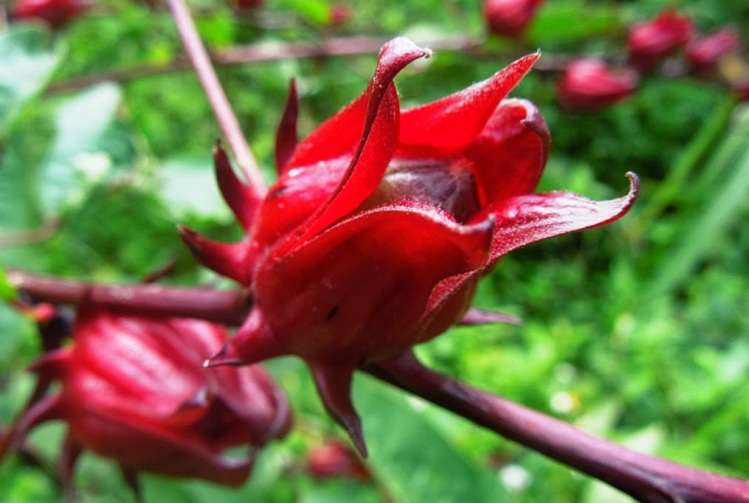Fruits are like sweet treasures from nature. They look bright, taste fresh, and are good for you. Each one is different in shape, size, and what they have inside.
A lot of people wonder which fruit has its seeds on the outside. This article will look closely at why strawberries are special in this way.
Table of Contents
Getting to Know Strawberry Parts
The strawberry, or Fragaria x ananassa, is part of the rose family. You can spot it easily by its heart shape, red color, and tiny seeds that sit on its skin. Unlike most fruits that keep their seeds tucked away inside, strawberries proudly show off their seeds outside.
Why Do Strawberries Have Seeds On Their Skin?
Strawberries actually don't have real fruits inside them, but they have lots of little parts called achenes that each hold a seed. These achenes are what you see on the skin, making strawberries look the way they do.
Having seeds outside helps strawberries in two ways. It keeps the seeds safe from animals and bad weather, and helps the seeds spread out to grow new plants. Bugs that come for the flower’s pollen also help carry seeds away by accident.
How Strawberries Multiply
Strawberries need pollinators like bees and butterflies to make more strawberries. The seeds being outside help in this. When bugs visit to drink nectar, they touch the seeds and that helps carry pollen from one strawberry flower to another.
Why Nature Puts Seeds Outside
Nature has reasons for putting seeds on the outside. It’s a way of keeping the seeds safe and making sure they spread far and wide. Animals might eat the fruit and carry the seeds off on their bodies, or poop them out somewhere else!
What Happens to a Strawberry Seed?
When a strawberry seed is moved to a new place, it has a lot of work to do. It might hitch a ride on an animal or drop to the ground. If the soil is just right, not too wet or too dry, and warm enough, the seed can grow into a new strawberry plant.
Is it okay to eat the seeds on a strawberry?
Yes, you can absolutely eat strawberry seeds. They’re safe and add a bit of crunch, plus they give you some fiber too.
Are strawberries with outside seeds made by science?
No, strawberries with seeds on the outside aren’t created by scientists. This is how some types of strawberries naturally grow.
